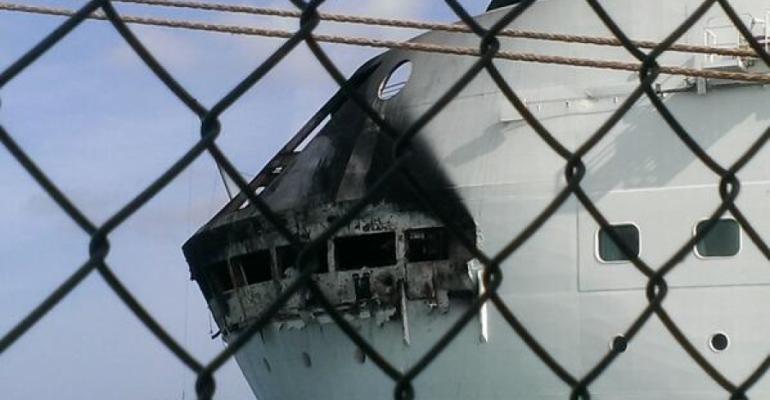The policies go beyond legal requirements and spring from CLIA member line best practices. They were published Tuesday as US Coast Guard notices.
CLIA members are to provide a fixed fire detection and alarm system and a fixed fire suppression system that are suitable for the protection of a covered mooring deck—that is, a mooring station on an open deck that is located below accommodation, service or other spaces.
The detection, alarm and suppression system should take into account the general arrangement of the mooring deck, risk of fire, location of mooring lines while stowed and in use and any manufacturer recommendations for installation of such systems on an open deck, as well as any flag state requirements.
The detection system should initiate audible and visual alarms that are integrated into the fixed fire detection and alarm system for other parts of the ship. The suppression system, whether of a design that is activated automatically or manually, should have a local manual release capability that is clearly marked and located adjacent to and outside the protected space.
CLIA members are to establish procedures to regularly test the function of the detection and alarm system and to train relevant crew in manual activation of the system while at sea and in port.
The new policy concerning water mist fire suppression systems applies to cruise ships that have these systems in category 'A' machinery spaces.
CLIA members are to eliminate to the extent practicable any programmed time delay from an automated activation sequence of the water mist system and to provide a redundant source of power or supply pressure to the water mist system in the event of a power loss.
Procedures should be established to maintain adequate head pressure in the water mist system while discharging, in the event multiple adjacent detectors or nozzles are activated, such as through the use of smoke control barriers, isolation valves or similar measures.
Copyright © 2024. All rights reserved. Seatrade, a trading name of Informa Markets (UK) Limited. Add Seatrade Cruise News to your Google News feed.


